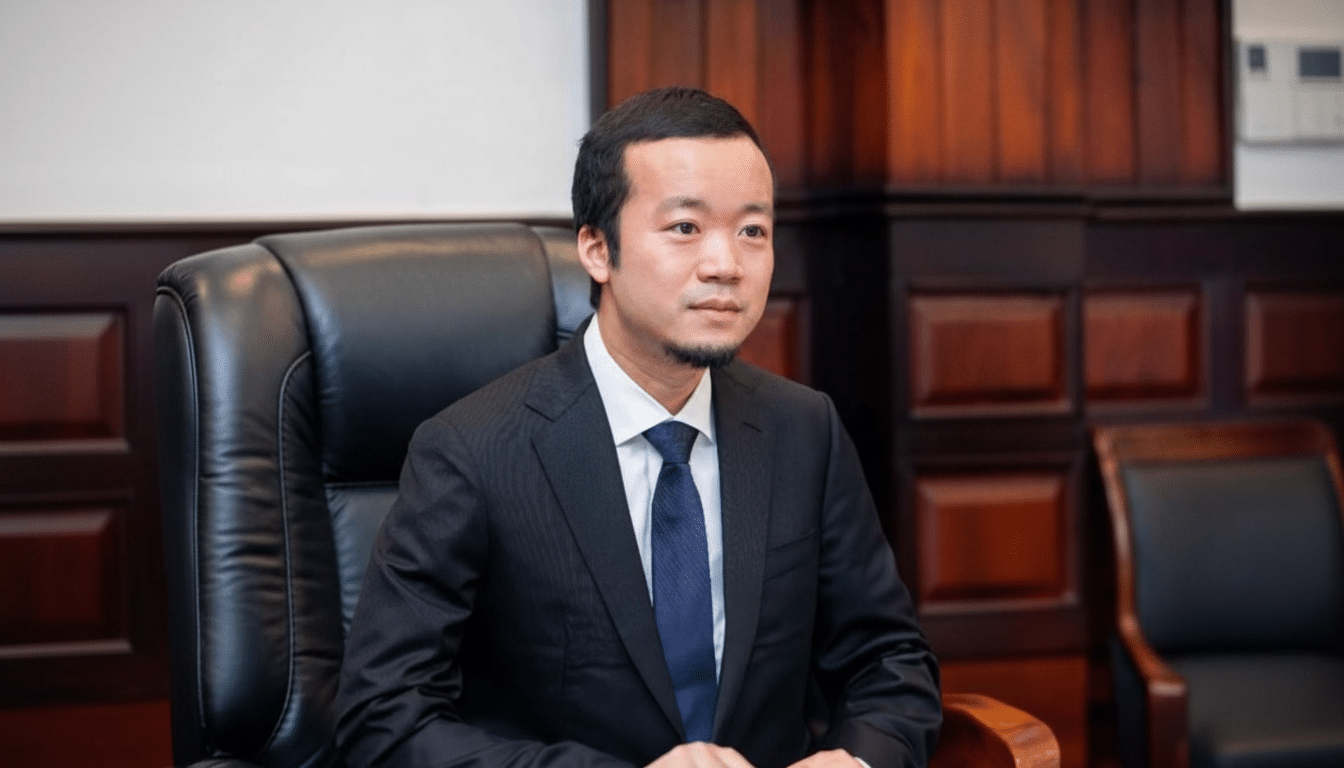In a sweeping push against corporate-level cybercrime, U.S. officials have confiscated approximately 127,271 Bitcoin — worth close to $15 billion — associated with major online scams.
The Justice Department called the action its biggest cryptocurrency seizure to date, linking the funds to organized entities based in Southeast Asia that operated sprawling industrialized “pig butchering” scams.
- What Investigators Say Links the Coins to Scams
- How the Money Was Tracked Across Crypto Blockchains
- Why this seizure is different from past crypto cases
- What happens to the Bitcoin after government seizure
- Wider impact on crypto markets, compliance and controls
- What consumers should know to avoid crypto investment scams

Prosecutors say the bitcoin stash is the proceeds from romance and investment fraud schemes that used trafficked workers to troll for victims all over the world. The case revolves around an indictment that lists one of Cambodia’s most powerful executives and his network of interests, but comes as American and British officials, in coordinated announcements on Wednesday, also revealed sanctions against the individuals and entities they say were involved.
What Investigators Say Links the Coins to Scams
The seized wallets are connected to criminal enterprises that conducted what the Justice Department described as “scripted cryptocurrency investment plays” through messaging applications and social media platforms, it said. The victims were groomed over a period of weeks and then encouraged to deposit funds on fake trading sites where their balances showed fictitious returns before they found themselves unable to withdraw, prosecutors said.
Compounds in Cambodia and in neighboring countries served as homes for coerced workers, compelled to carry out the scams by threats of violence — a pattern of abuse confirmed by human rights organizations, according to authorities. An indictment was filed against Chen Zhi, who is linked to Prince Holding Group, on charges of wire fraud conspiracy and money laundering conspiracy; he has not been arrested, and the case amounts to allegations before a court.
And in a coincident effort, the U.S. Treasury and U.K. officials imposed sanctions on 146 individuals and entities tied to the network, cutting them off from the global financial system. Sanctions raise the cost of business for intermediaries aiding (or ignorant helpers) in scam proceeds laundering.
How the Money Was Tracked Across Crypto Blockchains
Blockchain analysis and subpoenas to cooperating exchanges were key, investigators say. Companies like Chainalysis, TRM Labs and Elliptic have published reports analyzing laundering patterns typical of pig-butchering mills: layering money across hundreds of addresses; making cross-chain swaps; and the occasional bid to obfuscate flows through mixers or high-risk over-the-counter brokers.
Obscured though it may be, bitcoin’s public ledger confirms long-lasting proof. Investigators frequently stitch together clusters of addresses through on-chain heuristics, and then match inflows and outflows to known service providers. Once a court approves a seizure, custodial platforms and infrastructure providers can lock assets into place or aid in their transfer to government wallets.
Why this seizure is different from past crypto cases
In value terms, at least, the haul exceeds other high-profile seizures, such as assets confiscated in the Silk Road cases and funds connected to the Bitfinex hack. It highlights how quickly schemes to butcher pigs have scaled up: Investment fraud is the No. 1 driver of reported losses, according to the FBI’s Internet Crime Complaint Center, a category that includes cryptocurrency — a chunk of multibillion-dollar annual totals.

The operation also demonstrates a move away from one-off takedowns to ecosystem disruption. Recent enforcement against mixing services and nodes, cross-border money laundering, as well as proposed rules from the Financial Crimes Enforcement Network designating certain mixing activity as a primary money laundering concern are untangling illicit cash-out pathways.
What happens to the Bitcoin after government seizure
The assets are now proceeding toward civil forfeiture, in which courts decide whether the government can permanently take ownership. The U.S. Marshals Service usually oversees the custody and sale of forfeited cryptocurrency, selling it through auction or other controlled means in order to limit market effects.
Compensation for victims is possible, but it is not automatic. The Justice Department’s Money Laundering and Asset Recovery Section can recommend remission or restoration, in which forfeited funds are returned to identified victims. What, if anything, is returned depends on court rulings, verification by claimants and the complexity of tracing particular losses.
Wider impact on crypto markets, compliance and controls
For exchanges, brokerages and wallet providers, the case is another warning sign that regulators expect strong know-your-customer controls, sanctions screening and suspicious activity reporting. Compliance holes — particularly in cross-chain bridges, between OTC desks and instant settlement rails — are more and more where law enforcement is looking.
For the crypto world, the takeaway is twofold: public ledgers make it possible to detect large-scale money laundering crime at higher values; and international cooperation can freeze assets even when criminals are working across borders. That combination is slowly closing the window on scam syndicates that once depended on jurisdictional arbitrage and opaque intermediaries.
What consumers should know to avoid crypto investment scams
Pig-butchering plots often start off with unsolicited messages or friendly overtures on social apps before the person is lured into a “special access” trading platform.
- Requests to transfer money outside of reputable exchanges
- Pressure to “invest” quickly with promises of guaranteed returns
Victims can save all communication, transaction records, and wallet addresses, and submit a report to the FBI’s Internet Crime Complaint Center as well as their local authorities. Though restitution is never assured, large raids like this one will increase the odds that at least some of the cash can eventually be traced back to victims and returned through court-ordered processes.
The record seizure is a grim indicator of how lucrative organized online scams have become — and a reminder that, for all the transparency that blockchain technology can offer, it allows criminality to scale up with eerie realism.

